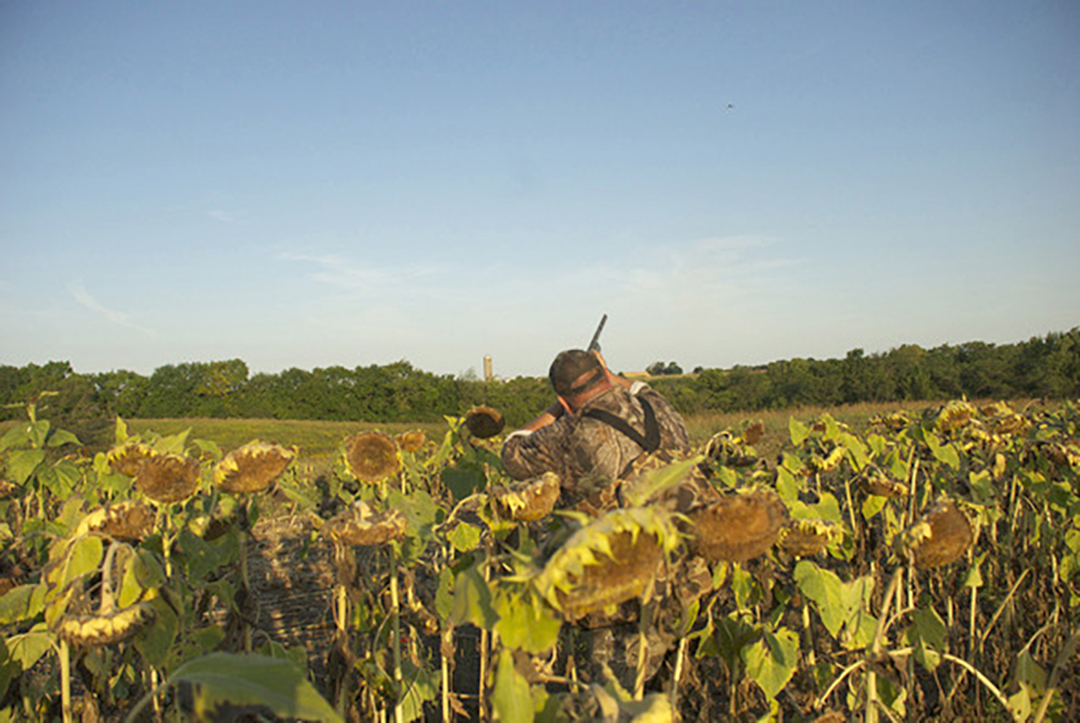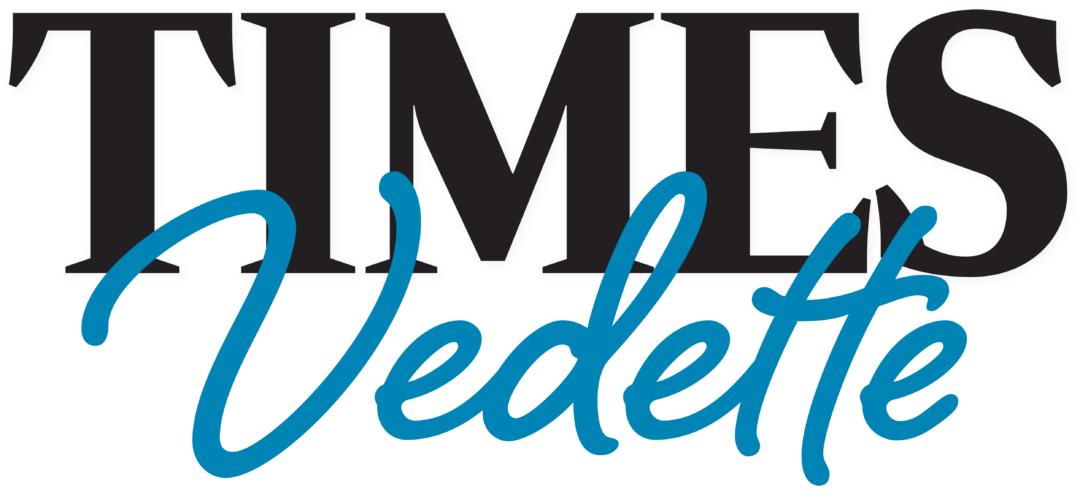
From the Iowa Department of Natural Resources
Iowa’s sunflower and wheat fields will be popular places on Sept. 1, when thousands of hunters slip into the standing flowers and field edges in the early morning darkness for the opening day of dove hunting season.
The 2023 season saw the highest number of doves harvested since Iowa began holding mourning dove seasons — nearly 195,000 birds — and hunters are optimistic for what 2024 has in store.
Fast paced and fun, dove hunting can be done by nearly everyone regardless of skill level or mobility. It doesn’t require expensive equipment to participate, only clothes that blend in to the background, a bucket and plenty of shells. There’s a lot of action with a steady stream of doves coming in.
The Iowa Department of Natural Resources (DNR) includes a list of wildlife areas at www.iowadnr.gov/doves where dove plots were planted and identifies the access point nearest the plot. Hunters are encouraged to do some preseason scouting to see if the sunflower planting was successful or if it was stunted, damaged or flooded out from the spring and summer storms.
“Scouting will be important this year especially with the consistent rains we’ve had,” Todd Bogenschutz, upland wildlife research biologist with the Iowa DNR, said. “Check the condition of the dove field, and then scout it a day or two ahead of the season to see if and how the doves are using it. We should have good hunting if the weather cooperates — if we get a 40-50-degree night, we could see them head south in a hurry.”
Fields in the west central Iowa are in fairly good shape, overall. In the southeast region, fields are generally in good condition with a few fields or parts of fields that didn’t produce.
Hunters looking for Plan B may want to focus on private land silage or hay fields, or where farmers harvested small grain fields, grazed pastures or feedlots.
Dove plots are getting increasingly busy on opening day and hunters are encouraged to be courteous to one another, to pick up their spent shell casings and other trash and leave the field in good condition. Dove hunting is a good opportunity to introduce someone new to the sport because there is often a lot of action.
Dove season is Sept. 1 to Nov. 29. Shooting hours are one half hour before sunrise to sunset. Daily bag limit is 15 (mourning or Eurasian collared) with a possession limit of 30.
Hunters are reminded that their gun must be plugged to hold no more than three shells. If hunting public areas north of I-80, hunters should check to see if nontoxic shot is required. The Iowa online Hunting Atlas at https://www.iowadnr.gov/Hunting/Places-to-Hunt-Shoot identifies all county, state and federal land open to hunting, zone information and nontoxic shot requirements.
All dove hunters are required to register with the migratory Harvest Information Program (HIP). It’s free, fast and the information is used to help determine participation and harvest. Go to www.iowadnr.gov/Hunting/Migratory-Game-Birds to register.
